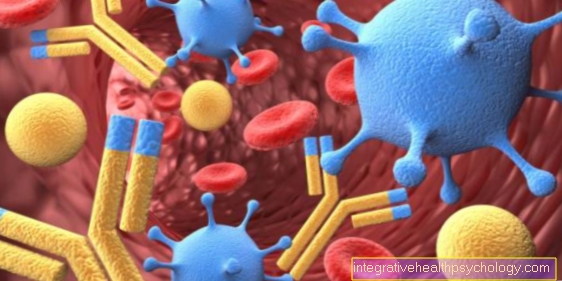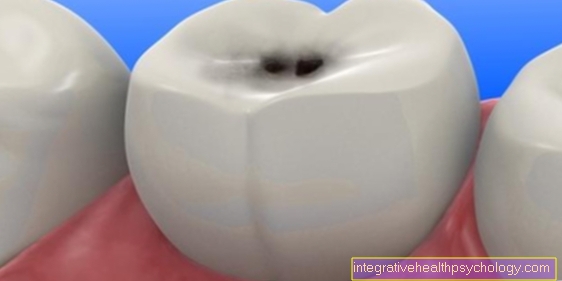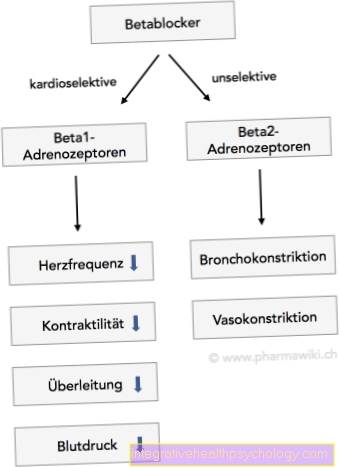Summary Obesity in children and adolescents
Children's food
There are now more and more foods specially made and advertised for children. However, there is no nutritional need for these products at any age, not even for small children. In terms of composition, they offer no advantage over conventional products and are also usually more expensive than these.
The grain portion of a muesli bar is quite lean compared to that of a slice of whole grain bread. The popular brown and white cuts are also advertised as healthy snacks. However, they are among the sweets in healthy child nutrition. The calcium content of children's products is also often used for advertising purposes. However, these usually contain a lot in addition to calcium sugar and fat. A cup of natural yogurt is far superior to these products as a source of calcium.
Fruit preparations for children usually contain a lot of sugar, fruit flavors and just a hint of fresh fruit. Yogurt with fresh fruit is clearly a better alternative.
Fast food

“Fast food” means fast food and dishes such as hamburgers, currywurst and kebab are offered here. Corresponding restaurant chains are now spread all over the world and meet the lifestyle of children and young people. If the diet is otherwise balanced, these dishes can also be eaten occasionally. Strict bans would not be appropriate here and would only increase the attractiveness of such products. Salad with the hamburger enhances the meal and during the day you can pay attention to the intake of fresh fruit and vegetables and low-fat dairy products.
Summary
The listed Diet recommendations for children and adolescents are based on scientific knowledge and paint an ideal picture. This is what your daily diet should look like and is intended as a framework and target.
It is important to know this framework and to approach this requirement as much as possible on a daily basis. That will work better one day than the other.
note:
Forcing a certain diet through would be the wrong approach.
It is much more about finding the right way to an individual, healthy diet together. The focus should also be on having fun eating when feeding children and young people.
Example of a balanced menu for 4 to 6 year old girls and boys
Example of a balanced menu for 4 to 6 year old girls and boys
1. Breakfast
50g corn flakes, mixed with 80 g apple cubes and 100 ml fresh milk
200 ml herbal tea
Lunch break
Brush 1 slice of wholemeal bread with a little margarine, 25 g butter cheese;
50 g carrots cut into sticks, 50 g apple wedges (cut surface sprinkled with a little lemon juice)
200 ml of mineral water
Lunchtime meal
spaghetti with tomato sauce
Fry 30g onions in a tablespoon of rapeseed oil. Wash 150 g fresh tomatoes, dice and sauté. Mix 30 ml milk with a little flour, add and bring to the boil. Season to taste with paprika, pepper, oregano, a little iodized salt and fresh herbs.
120 g whole wheat spaghetti (cooked).
30 g lettuce with yogurt dressing (natural yogurt, rapeseed oil, vinegar or lemon juice, fresh herbs, a little iodized salt)
200 ml of fruit tea
Afternoon meal
1 kiwi, 30 g double biscuit, 1 glass of milk
dinner
Flatbread with tzatziki
Brush 70 g flatbread with a little butter. Mix 40 g low-fat quark with 50 g natural yoghurt. Grate 30 g of cucumber and add. Season to taste with pepper, a little garlic, iodized salt and fresh herbs
200 ml apple spritzer


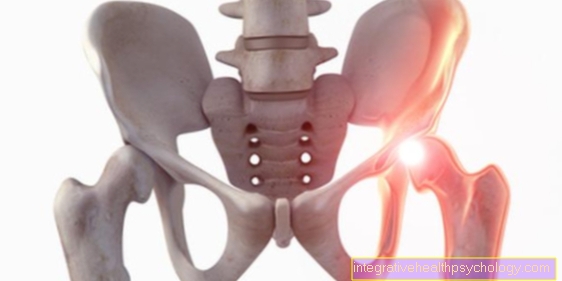

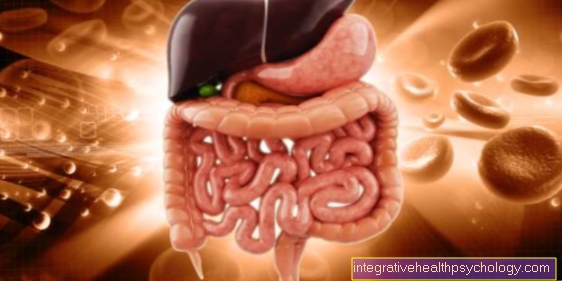





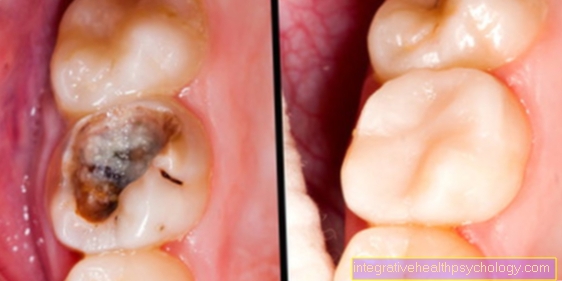




.jpg)






